Gritty Mix in the Arizona Desert?
robotsrule
7 years ago
Featured Answer
Sort by:Oldest
Comments (46)
ewwmayo
7 years agorobotsrule
7 years agoRelated Discussions
5-1-1/Gritty work in the hot, dry desert?
Comments (3)You'll find frequent complaints that the gritty mix doesn't hold enough water for dry or arid locations; often, the complaint is loudest from the direction of those that have never used the gritty mix. Ultimately, the complaint illustrates the fact that the complainant paid too much attention to the recipe and not enough (or no) attention to the fundamentals of the concept the soil is based on. The gritty mix is adjustable for water retention. By altering the ratio of grit to Turface (while keeping the bark fraction at around 1/3 the o/a volume) you can make the medium more or less water-retentive. The good part about that is, because of the larger particle size it allows you to increase water retention w/o creating a perched water table or sacrificing macro-porosity. Media that can go weeks between waterings owe the long intervals to a store of perched water that limits root function and creates other havoc in the rhizosphere. Example: * 3 parts screened bark, 4 parts screened Turface, 2 parts screened grit equals a medium that holds considerably more water than the 1:1:1 (3:3:3) mix. * 3 parts screened bark, 2 parts screened Turface, 4 parts screened grit equals a medium with considerably less water retention than 1:1:1 (3:3:3). Al...See MoreMy First Gritty Mix Batch and Planting
Comments (21)The proof is in the pictures! I totally agree with Al's statements. I often say that I wish I had been exposed to a few basics in plant science and physics long ago, when I first became interested in growing plants, but the basics are not what circulates through the general gardening community, nor are they anything promoted by the gardening industry. The first thing I wish I had learned is that growing in the ground or garden, and growing within the confines of a container, are two very different environments that each require a different approach. I've come to think of the garden as organic, and growing in pots as more inorganic and something I have more control over. I think if I'd had that separated in the beginning, I'd have had much better success, and a lot sooner. I'm also fond of saying that a green thumb is nothing more than applied knowledge. And that's very true. There's no luck or magic to growing plants. It's all skill from applying the basics of science and physics. And the more I learn, the more I realize that the industry exists to help itself, and not necessarily the gardeners. Once we learn what containerized plants really need, we are more or less forced to search down various ingredients and mix our own mediums better suited to how plants respond when placed in a confined space. As Al says, we can't make a case when it comes to personal choices or convenience, but we certainly can show how various practices benefit or limit our plants. And to be honest, I don't find it inconvenient to grow healthier plants with healthier roots, anyway. To me, it's worth it to mix my own mediums custom to my unique environment, more in keeping with what is beneficial to my plants from a scientific angle. So, I save organic methods for the gardens... and I go with a more controllable, inorganic approach to growing in pots....See MoreDesert Rose with Al's gritty mix
Comments (26)Hi Rick!!!! Nice to see you!! I agree that I have had wonderful results with this mix.. So many trees have been helped with what I have learned, but which pics? ;-) Al.. " ye of little faith .." HA! That made me smile because it is true... If you don't try, you will never know. So, with that said.. I had to go find a few pics for you Kadie!!! I hope these are what you would like to see... The first picture is my Adenium in the container from the nursery before I repotted it in the Gritty Mix.. Look at how compacted the soil is... It looks like a brick, it felt like a brick when I took it from the container and bare rooted.. Yes... It is the same Adenium!! ;-) This is after a few years in the Gritty Mix after lifting a few times... I lift the Caudex every two years or so... Here is another pic after another lift in the Gritty Mix... I think it really likes the mix it is in... ;-) Hope this helps... Laura...See MoreLeyland Cypress in the Arizona desert watering
Comments (11)Someone had asked for clarification about whether these 15 cypress trees were Leyland or Italian Cypress. They are Italian Cypress--the narrow, pointy ones. And I also sure do appreciate all of the feedback and insights I received so far. I also, this summer, found many grubs in the mulch I put down this last spring (worrisome, for I hear they eat roots). The nurseryman recommended I keep an abundant layer of composted mulch to retain moisture through the long, dry, hot summer, which I did, by putting down 1-2 inches thick, under some heavy bark, to keep it from blowing away. Also, the trees became somewhat loose and rather than tying them, I found I was able to make the trees much more stable by compressing (actually punching) down the nursery pot soil medium around each tree. 2 months after doing this, the trees look fine. The ribbon of concrete & border blocks also has now made it possible for me to flood irrigate the trees deeply--and less frequently and I think this is good for it is training the roots to go down and spread. I mentioned these grubs to the same nursery people and they then sold me some Hi-Yield Kill-a-Grub, which I haven't yet applied because a recent inspection didn't turn any up grubs now (early October in the Sonoran Desert). I am planning the next deep watering late in October, at which time I will fertilize with a granular 13-7-7 tree and shrub fertilizer. What are anyone's thoughts? Should I hold of on applying the Hi-Yield Kill-a-grub until next spring/ summer? I have a good handle on the spider mites, washing the trees off once in a while with a medium-strong spray of water and an occaisional systemic Rose Food which contains a systemic pesticide. I don't like using this, for the mulch is now producing mushrooms ;-/ that the Cactus Wrens seem to enjoy. Thanks, everyone! Walt...See Morerobotsrule
7 years agoewwmayo
7 years agoNil13 usda:10a sunset:21 LA,CA (Mount Wash.)
7 years agorobotsrule
7 years agoNil13 usda:10a sunset:21 LA,CA (Mount Wash.)
7 years agolast modified: 7 years agoewwmayo
7 years agorobotsrule
7 years agoewwmayo
7 years agolast modified: 7 years agorobotsrule
7 years agorobotsrule
7 years agolast modified: 7 years agorobotsrule
7 years agoNil13 usda:10a sunset:21 LA,CA (Mount Wash.)
7 years agoewwmayo
7 years agolast modified: 7 years agorobotsrule
7 years agorobotsrule
7 years agoLauren (Zone 9a)
7 years agolast modified: 7 years agorobotsrule
7 years agoLauren (Zone 9a)
7 years agoLauren (Zone 9a)
7 years agorobotsrule
7 years agoLauren (Zone 9a)
7 years agorobotsrule
7 years agoewwmayo
7 years agoLauren (Zone 9a)
7 years agorobotsrule
7 years agoLauren (Zone 9a)
7 years agorobotsrule
7 years agoNil13 usda:10a sunset:21 LA,CA (Mount Wash.)
7 years agorobotsrule
7 years agoNil13 usda:10a sunset:21 LA,CA (Mount Wash.)
7 years agoNil13 usda:10a sunset:21 LA,CA (Mount Wash.)
7 years agorobotsrule
7 years agoNil13 usda:10a sunset:21 LA,CA (Mount Wash.)
7 years agorobotsrule
7 years agoNil13 usda:10a sunset:21 LA,CA (Mount Wash.)
7 years agoNil13 usda:10a sunset:21 LA,CA (Mount Wash.)
7 years agorobotsrule
7 years agorobotsrule
7 years agoNil13 usda:10a sunset:21 LA,CA (Mount Wash.)
7 years agoNil13 usda:10a sunset:21 LA,CA (Mount Wash.)
7 years agoLauren (Zone 9a)
7 years agorobotsrule
7 years agorobotsrule
7 years ago
Related Stories
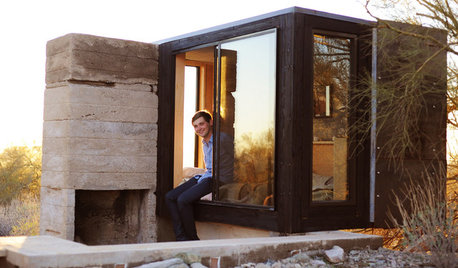
SMALL HOMESHouzz Tour: A Student's Bed-Size Shelter in the Arizona Desert
Could you sleep in such a small space just above the desert floor? One Taliesin architecture student at a time does just that
Full Story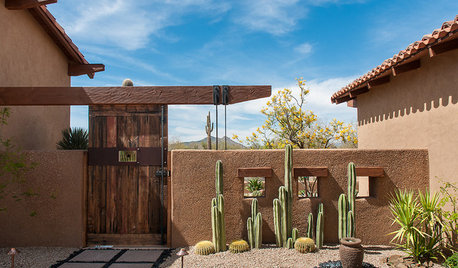
HOUZZ TOURSHouzz Tour: Luxury and Ruggedness Blend in the Arizona Desert
With Southwest territory style outside and a contemporary look inside, this home offers every comfort in an easygoing way
Full Story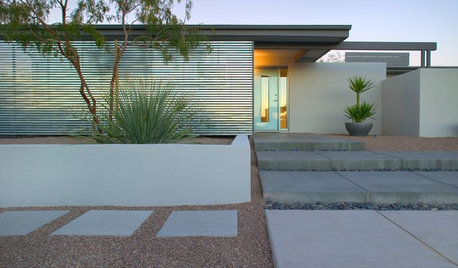
ARCHITECTUREStates of Style: Arizona's Grand Appeal
From golden sunsets to turquoise gemstones, this desert state embraces colorful and bold design
Full Story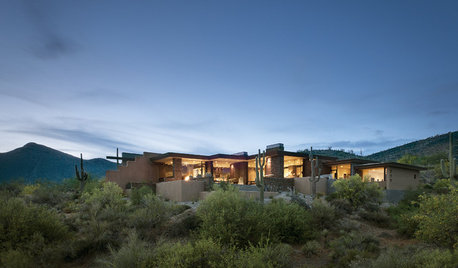
HOUZZ TOURSHouzz Tour: A Desert Stunner Highlights Nature
Careful siting of this contemporary Arizona home keeps sublime views, wildlife and outdoor living at the forefront
Full Story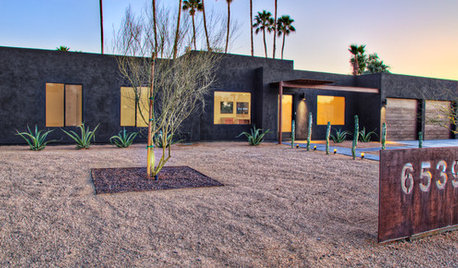
HOUZZ TOURSHouzz Tour: Minimalism Suits an Arizona Ranch House
Leaving only what wouldn't blow off in a hurricane, an architect designs a modern take on Southwest style
Full Story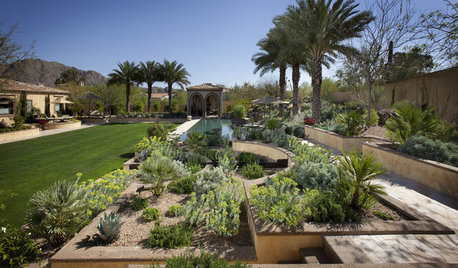
GARDENING GUIDESSouthwest Gardener's October Checklist
Softer light and milder weather make desert gardens a real joy this month, but watch the water and don't forget to plan
Full Story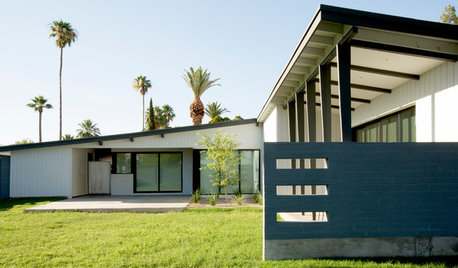
HOUZZ TOURSHouzz Tour: Opening Up a Midcentury Schreiber Home in Phoenix
With fewer walls and a respectful addition, this Arizona feels less boxed in
Full Story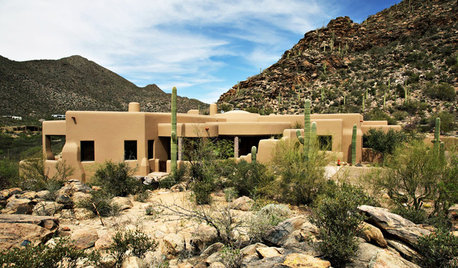
TRADITIONAL ARCHITECTURERoots of Style: Pueblo Revival Architecture Welcomes Modern Life
Centuries-old details of adobe construction still appeal in the desert Southwest, adapted to today's tastes
Full Story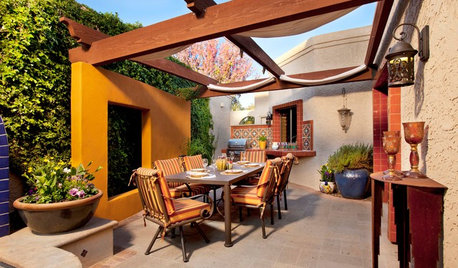
GARDENING AND LANDSCAPINGPatio Details: Sliding Fabric Panels Filter the Light Just Right
Stepping up to the harsh sun and heat of the desert Southwest, this intimate patio is an exotic escape right outside
Full Story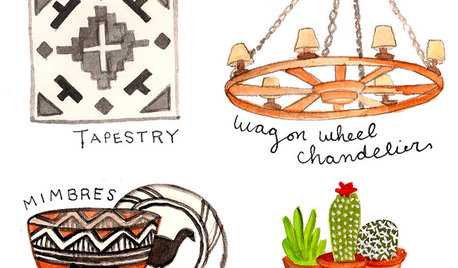
DECORATING STYLES12 Decor Pieces That Kick It Up Southwest Style
Rustle up some desert-style design from kitschy to eye catching with these Southwestern essentials for the home
Full Story








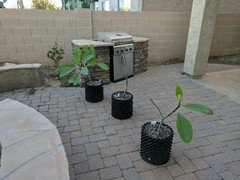




robotsruleOriginal Author